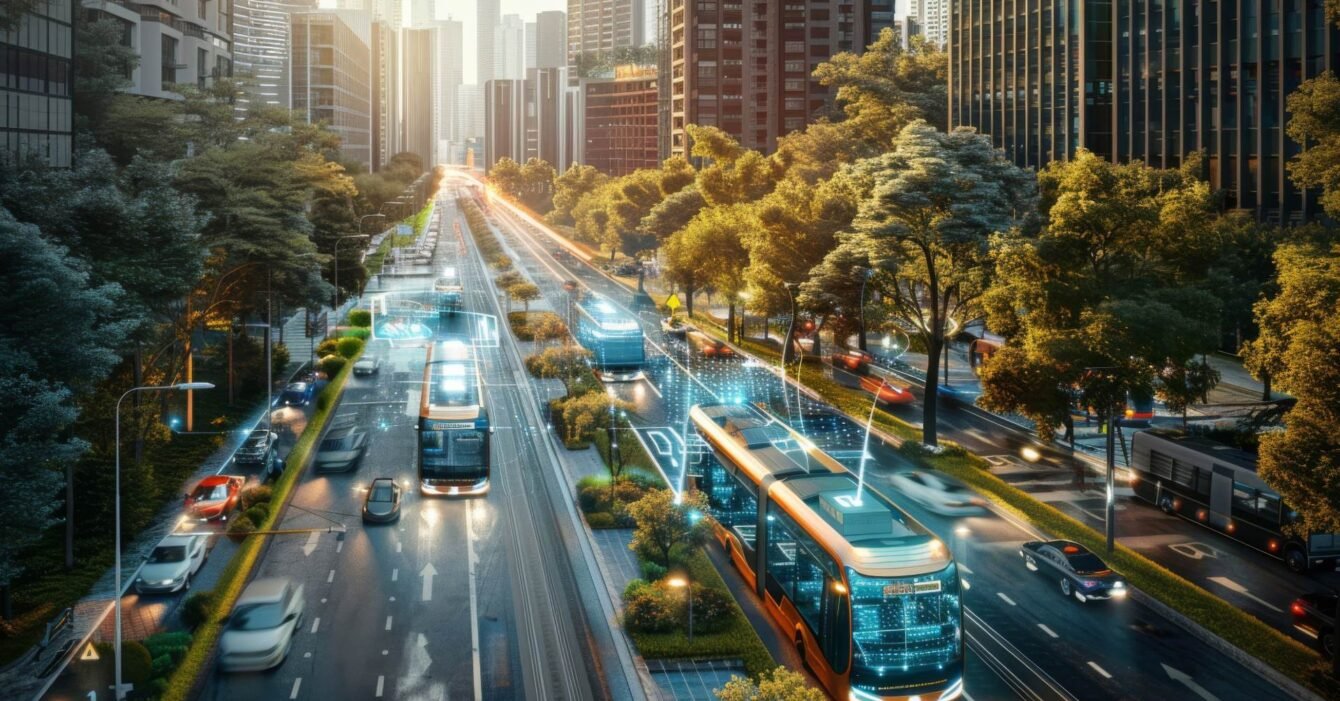Mobility Data Analytics: Transforming Transportation and Urban Planning
With rapid urban growth and increasing transportation demands, mobility data analytics is emerging as a game-changing tool in city planning and transit management. By analyzing travel patterns and transportation behaviors, mobility data analytics enables cities to enhance public transit, optimize ride-hailing services, and support smarter urban development. From reducing congestion to improving commute times, this data-driven approach is creating more efficient, sustainable, and user-friendly urban spaces.
Enhancing Public Transportation with Data
Public transportation is the backbone of urban mobility, and improving its efficiency has a direct impact on city life. Mobility data analytics empowers transit authorities to optimize routes, schedules, and vehicle capacity based on real-time demand. For example, research shows that cities using mobility data analytics can reduce traffic congestion by up to 30% by aligning bus and train schedules with peak travel times and adjusting routes according to passenger flow. This not only eases gridlock but also enhances the passenger experience, making public transit more reliable and convenient.
By identifying areas of high demand, transit operators can ensure better coverage, reduce wait times, and ultimately, lower the environmental impact through reduced fuel consumption. For bustling urban centers, this precision improves overall city efficiency, encouraging more residents to rely on public transit.
Optimizing Ride-Hailing Services
Ride-hailing services have reshaped urban transportation by providing on-demand mobility, but they also pose challenges like added congestion and emissions. Mobility data analytics offers ride-hailing companies insights into high-demand locations, peak times, and popular routes. This allows them to deploy their fleets more strategically, reducing both passenger wait times and unnecessary driving.
For city planners, mobility data from ride-hailing apps provides valuable insights into traffic patterns, enabling better infrastructure design and the creation of designated pick-up and drop-off areas. By working together, cities and ride-hailing companies can create smoother traffic flow and an integrated, efficient urban transit network.
Guiding Urban Planning with Data-Driven Insights
Mobility data analytics is becoming an essential tool for urban planning, allowing cities to design infrastructure that meets current and future transportation needs. Data on how people move through different areas helps planners make informed decisions about new transit routes, bike lanes, and pedestrian walkways. In cities that have implemented data analytics in urban planning, commute times have improved by up to 20%, thanks to infrastructure that supports efficient movement.
By understanding commuting patterns and peak travel corridors, cities can strategically place transit hubs, road expansions, and other essential infrastructure. This data-driven approach leads to more connected and accessible environments, encouraging active and sustainable urban lifestyles.
Case Study: Smart Traffic Management During Hajj in Saudi Arabia
One recent example of mobility data analytics in action is Saudi Arabia’s smart traffic management initiative in Makkah during the annual Hajj pilgrimage. With over 1.8 million pilgrims in 2023, the Kingdom used AI-powered solutions like real-time traffic monitoring, adaptive signal controls, and drones for road inspections. These innovations, designed to optimize vehicle and pedestrian flow, ensured smoother, safer movement throughout the city. Advanced analytics and real-time data provided essential support to security teams and transportation managers, easing congestion and creating a more seamless pilgrimage experience.
Conclusion: Building Smarter, More Livable Cities with Mobility Data Analytics
Mobility data analytics is reshaping urban mobility by providing actionable insights that improve public transportation, enhance ride-hailing efficiency, and guide urban development. Cities that leverage this data are creating more sustainable, convenient, and accessible urban environments. By investing in mobility data analytics, cities are not only reducing congestion and improving commute times but also building a foundation for smarter, more resilient urban spaces.



